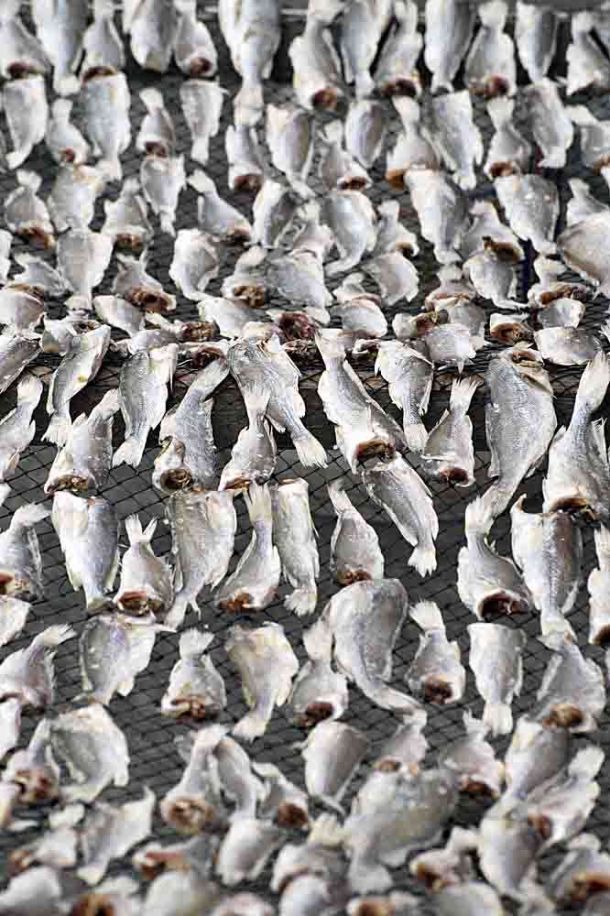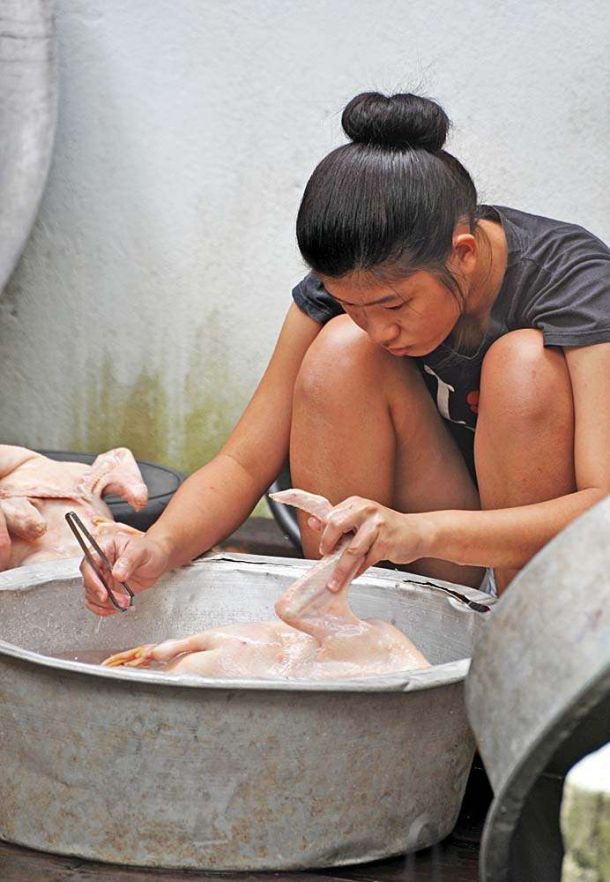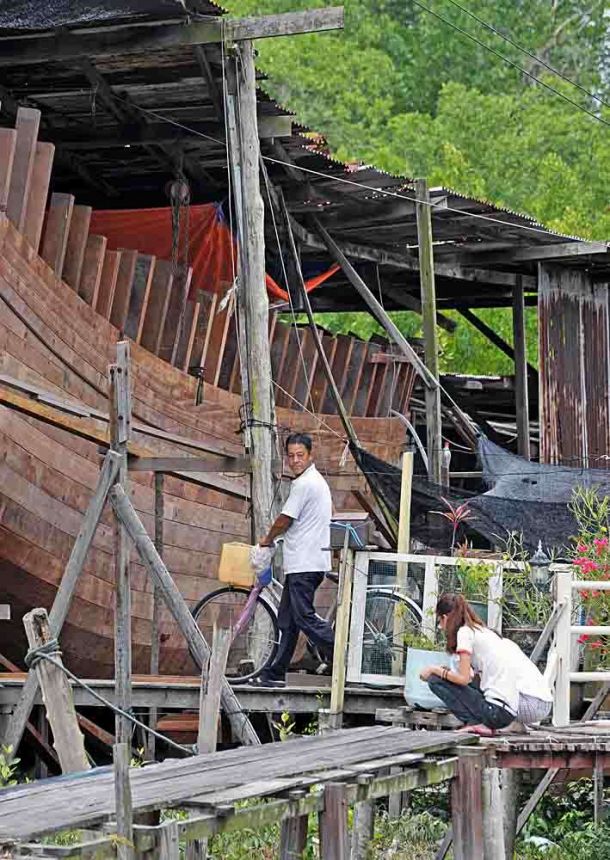You might look sideways at Crab Island, Pulao Ketam – Kuala Lumpur
If anyone suggests that you visit Pulau Ketam (literally ‘Crab Island’) when in Kuala Lumpur you’ll probably look at them askance if you’ve ever Googled it. At face value it’s a muddy backwater thirty minutes by ferry from the container port, Port Klang; has few facilities, no glitz or glamour and generally smells fishy!
Strangely, this is also its attraction. As an isolated outpost surrounded by Mangrove swamps, this little ‘working’ island gives you an insight into the almost mediaeval life of its eight thousand inhabitants, mostly descendants of the original group of Chinese fishermen who settled here in the 1870’s from Hainan in China. Little appears to have changed and it still supplies seafood to the burgeoning KL markets.
All of the village’s wooden buildings stand like long-legged spiders above the mud on stilts that give little confidence of longevity. Its street market, Chinese temples, numerous basic but agreeable restaurants, gossamer fishing nets and endless racks of drying fish are all laced together by raised wooden walkways that elevate you above muddy oblivion. Crab Island is quite unique. Services such as schools, police station, clinic and electricity have been added over the years but precious little else. There are no roads or cars and the favoured mode of transport is by bicycle. You can rent bicycles but there’s not really anywhere to go beyond the boundaries of the village as the walkways peter out in the mangroves.
If all this hasn’t put you off, then you’ll really enjoy this step back in time and will be fascinated just by strolling around and investigating all of the narrow passageways that lead to cameos of Chinese village life.
Getting there is also a bit of a mission, especially if coming from Kuala Lumpur as it will involve a long taxi ride or the KTM Commuter train from KL Central to Port Klang; a rail journey of about one and a half hours with the train stopping at numerous stations en route. Cruise ships have taken to stopping off at Port Klang as the nearest to KL. Either way you’ll get the ferry directly from the port alongside the railway station.
This in itself is an experience as it’s like a low slung, high powered mix of plastic and rusting drainpipe that takes about seventy people in two double rows, force feeds them Chinese karaoke and stands up on stubby hydrofoils as it skims through the swamps and murky waters towards Crab Island. You can pay a little more and take a smaller open speed boat from the same port.
We approached Pulao Ketam at low tide – it didn’t look as if there’d ever been a high one, even though its completely below sea level – and were immediately struck by the ramshackle, cramped and random construction of the wooden village, as well as numerous other beached ferry and fishing craft and hundreds of scurrying crabs in the litter strewn mud as we disembarked onto one of the tentacle piers that stretch out to navigable water depth.
It’s a really interesting day out from KL or a few hours’ distraction if stopping off from a cruise ship. Either way, don’t miss the last ferry back or you’ll be forced to stay in one of the quite basic hotels on the island as there are no ferries after about 5.30pm. If they tidied up this place it would become a quaint tourist attraction but its charm lays in its current uncompromising form where its unpretentious muddy persona gives you a true insight into real life.


 Let us plan your own inspiring journey throughout Southeast Asia
Let us plan your own inspiring journey throughout Southeast Asia
Why not download the TLC World guide brochure or give us a call today on 01202 030443, or simply click ‘enquire’ to submit your own personal itinerary request



























